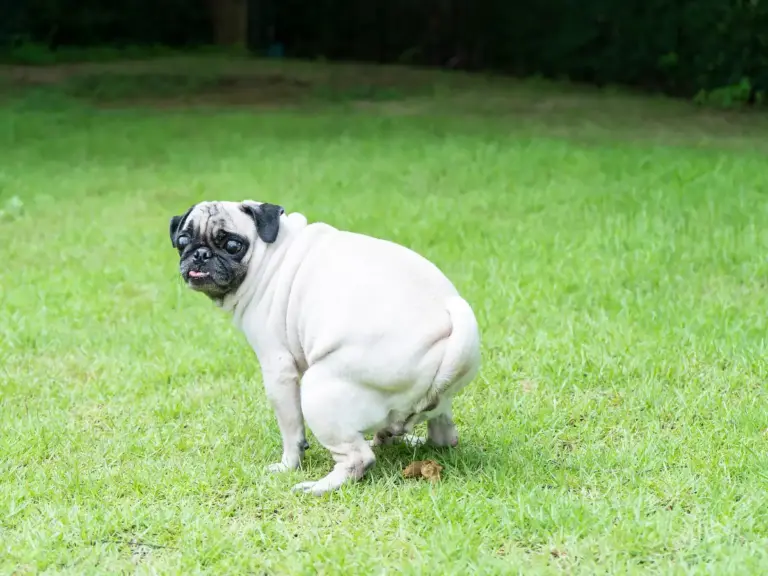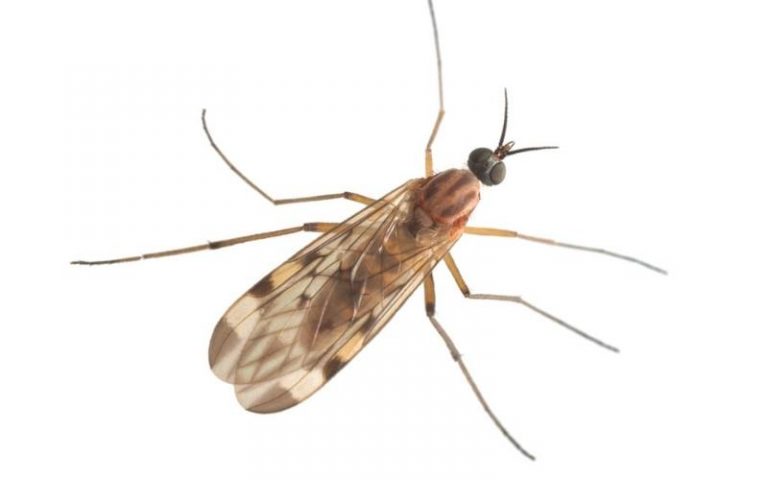How to Remove Moss from Pavers: Guide, Tools + Moss Killers
You can grow moss between your pavers, although at times it just grows naturally just like weeds. Dust, dirt, and particles may accumulate between paver to provide a conducive condition for moss to thrive but, how do you get rid of it from pavers?
You can kill moss between pavers with a pressure washer. Aim the spray tip on the space between pavers as you move back and forth. Alternatively, you can use commercial moss kill or mix bleach, sodium hypochlorite, and water or use 6% cleaning vinegar. Clean up with a stiff-bristled brush to effectively clear moss off pavers.
Is moss on pavers bad?
From an aesthetical viewpoint, you can grow moss between pavers, which would be a good thing. However, naturally occurring moss on pavers may be a bad thing depending on your landscaping preferences. In addition, not everyone considers the rustic look instilled by moss on modern pavers to be visually appealing.
What’s more, moss can sometimes display bulbous growth, thus presenting an injury hazard/safety risk; as those using the patio may trip/slip over the moss and fall, resulting in injury.
How to kill moss on pavers
To effectively get rid of moss on your patio or driveway pavers, you can power wash the pavers, use various moss killers, or moss removal tools. Each of these moss elimination options is effective and can be used as discussed below:
Use power wash machine
Power washers/ pressure washers are very efficient at getting rid of moss that’s growing on pavers. For this activity, you’ll need additional equipment alongside your pressure washer, including gloves, waterproof apparel, closed-toe footwear, pressure washer attachments, and a power outlet. Now, follow the steps below to rid your pavers of moss:
- Position your power washer on your pavers and check to confirm whether the power cable can comfortably stretch back to the power outlet, allowing your nozzle to reach all corners of the paved section. If this isn’t the case, you can solve this problem by adding an extension code onto the power line.
- Plug in your pressure washer and start the machine.
- Clear the moss by aiming the spray tip nozzle at the spaces between the pavers, as this is where moss growth originates. Remember to constantly move the nozzle in a back and forth direction to effectively get rid of all moss plants.
- Once you’re done, turn off and unplug your machine from the power supply. Then, finish off the job by sweeping off any residual moss with a stiff-bristled broom/brush.
Use of moss killers
Various chemicals and detergents are considered to be effective moss killers. Remember, when using chemical-based moss-killing solutions, it’s important to have the proper equipment and protective gear. These include protective goggles, a face mask, chemical-proof gloves, tarpaulin, and a spray bottle.
Once you’ve assembled all the necessary equipment, follow the steps below to rid your pavers of moss using chemicals:
- Purchase a commercial de-mossing chemical- the most effective chemical products for moss control are usually bleach-based. Bleach is usually available in liquid solution form, or in powder form to be diluted into a solution during use.
- Next, as a safety precaution, ensure to open the bleach container’s lid in an area with proper air circulation. At this point, you should have already worn your protective gear including face mask, gloves, and goggles.
- Now, make a bleach solution by adding water and bleach into an empty container in a ratio of 4:1 respectively. Then, transfer the solution into a spray bottle.
- Next, spray the bleach solution over the spaces between the pavers, where moss growth is most rampant. You’ll want to set your nozzle to a fine jet at this stage, as you wouldn’t want your chemical solution to come into contact with any nearby, desirable plants, grass, and shrubs.
- Wait for a couple days for all the moss to die out, then sweep it off.
- After sweeping, rinse off the whole paved area with clean water to remove any bleach residue. This will minimize the risk of environmental contamination. Alternatively, you can protect the surrounding areas using tarpaulin.
Note: While bleach-based chemicals are great for control of severe moss growth, detergents are a great moss-control option if the growth isn’t that abundant. To effectively use detergent to control moss growth on your patio or sidewalk pavers, follow the procedure outlined below:
- Simply pour your liquid detergent over the moss growing on your pavers. If it’s powder detergent, create a detergent solution by mixing with water.
- Next, wait for a couple days for the detergent to kill the moss, then use a stiff-bristled brush to seep off the dead, brown moss.
Remember, using detergents to kill moss between your pavers is not only effective but also very cost-effective. In fact, the cheaper the detergent, the harsher it’s likely to be, consequently leading to more efficient moss-killing.
Moss removal tools
Various tools can also be used to effectively control mild moss growth- including a push broom and a stiff-bristled brush. However, since these tools are rather simple, you’ll have to put in a significant amount of physical effort to get rid of all the moss growth on your pavers.
On the good side, though, there’s no waiting period for the moss to die out (as is the case with chemical moss-killers): the results are usually instantaneous.
To effectively use a yard broom or a stiff-bristled brush to effectively clear your pavers of moss, follow the procedure detailed below:
- Assemble the necessary gear and equipment, including broom/brush, dustpan, a pair of gloves, and a face mask.
- Now, remove the moss by holding the broom at such an angle that it can sweep between the spaces between the pavers.
- Also, remember to brush the paver surfaces as well.
- Next, sweep off any residual moss and collect it with your dustpan.
Tips to prevent moss on pavers
The best way to prevent the growth of moss on your pavers is to deny them the proper conditions for growth. This includes implementing various measures to minimize moisture and shading, as highlighted below:
- Ensuring your paved surfaces get adequate sunlight access by trimming tree foliage.
- Minimizing the frequency with which you let sprinkler water to run over your paved sections.
- Get rid of any stagnant water on/between pavers.
- Occassionally sweep your driveway or pavers in yourpation to avoid dust, dirt and dust particles accumulation that woyld provide optimal habitat for the moss.
Keep your paved surfaces as dry as you possibly can.


